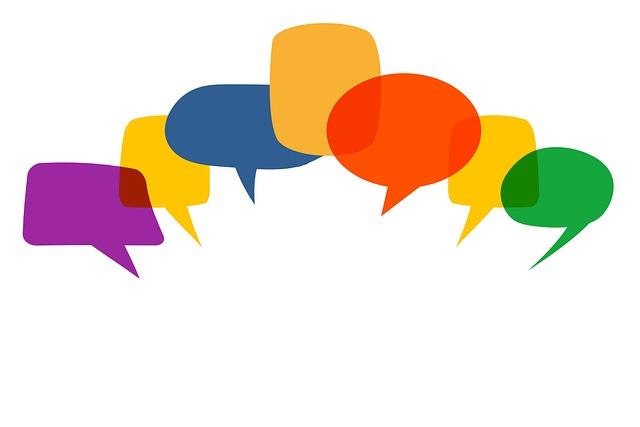| Complexity level: | 6 |
| Time required: | Additional time needed for recruiting participants and preparing videos. |
| Safety concerns: |
Overview
Have you ever had a situation where you did something really well, or you had a particularly good day, only to have compliments or kudos turn into judgment or criticism in the days that followed. It may be due to fact that people prefer predictability and consistency. We seem to give special attention to others when they do something well, or when their performance fall short. The Halo Effect is a mental process that we use as a "short cut" to understand others. Rather than seeing another person as a complex and dynamic being, our brain takes a "mental snap shot" of others and uses it to formulate perceptions of them. If that "snapshot" depicts a person of high capability or desirability, then we may become disappointed if the person does not live up to that image. Conversely, if we form our impression of the person when he is not at his best, we may hold on to that impression even when his ability or performance improves in the future.
Scientific Terms
Materials
- A minimum of 10 participants
- 3 subjects willing to be video taped
- Video camera or cell phone with a camera
- Data sheet (provided).
Procedure
Pre-experiment
- Recruit three people who are willing to have themselves videotaped for the experiment (the three people will not be participating in the actual experiment, and they should not be known by any of the participants of the study). You may want to ask friends or family members. As each person will be videotaped twice, you will want to identify each person by a number or letter for tracking purposes during the experimental procedures (Example: Person A, Person B, and Person C. Similarly, their videos would be video A part 1 and part 2, video B part 1 part 2, and video C part 1 and part 2.
First video:
- Videotape each person separately, having them relate a personal experience.
- The videotape should be 3 minutes long, and the person should, deliver the experience in a friendly, positive manner.
Second video:
The second videotaping will be identical to the first videotaping, including the use of the same experience; however, have the person make a single change in the delivery of the experience. Examples of changes are:
- Changing their tone of voice
- Changing their rate of speech
- Changing their posture. If in the first video they were standing or sitting up straight, they may want to slouch.
- Facial expressions. If they we animated in their facial expression in the first video, they may want to be less animated in the second videotaping.
Conducting the Experiment
- Run the experiment with one participant at a time.
- After viewing video A part 1, have the participant rank the person on a scale of 1-10 for likability, with 1 being the lowest and 10 the highest.
- Record the participant?s response on the data sheet.
- Repeat this procedure with the video A part 2.
- Repeat step 2-3 with videos B and C.
- Repeat steps 2-4 with all participants.
- When all the data has been collected, find the average likability scores for each video by totaling the rankings of each video and dividing by the number of participants (example: if the total rankings by all participants for video A part 1 was 80 and there were 10 participants, the average favorability ranking for video A part 1 would be 8.
- Determine if there was any change in the average likeability rating for video part 1 and video part 2, for each of the three filmed participants.
|
A video 1 |
A video 2 |
B video 1 |
B video 2 |
C video 1 |
C video 2 |
|
|
Participant 1 |
||||||
|
Participant 2 |
||||||
|
Participant 3 |
||||||
|
Participant 4 |
||||||
|
Participant 5 |
||||||
|
Participant 6 |
||||||
|
Participant 7 |
||||||
|
Participant 8 |
||||||
|
Participant 9 |
||||||
|
Participant 10 |
||||||
|
Sum |
||||||
|
Average |
References
"What are Halo Effects?" on the WiseGeek website at http://www.wisegeek.com/what-are-halo-effects.htm

